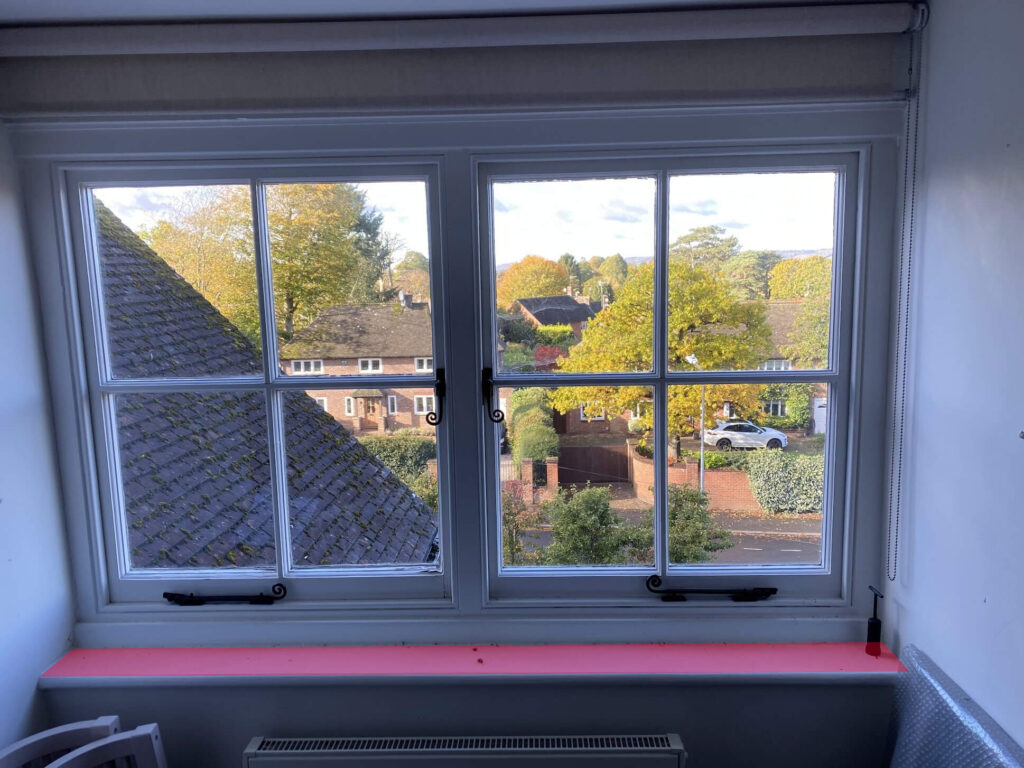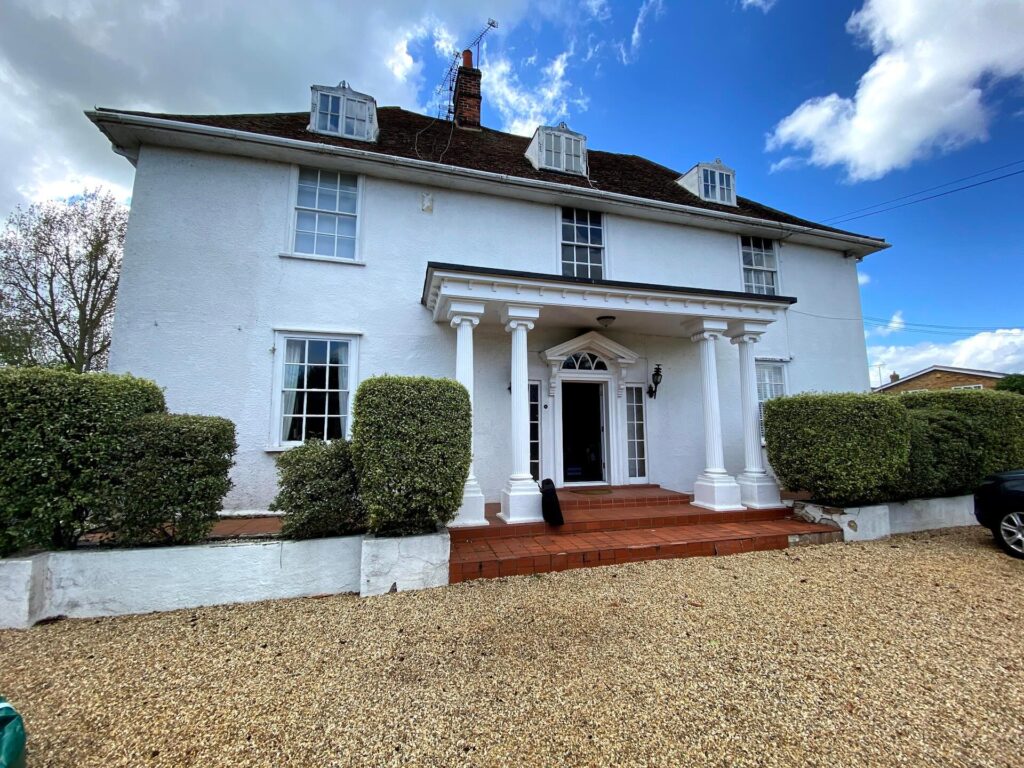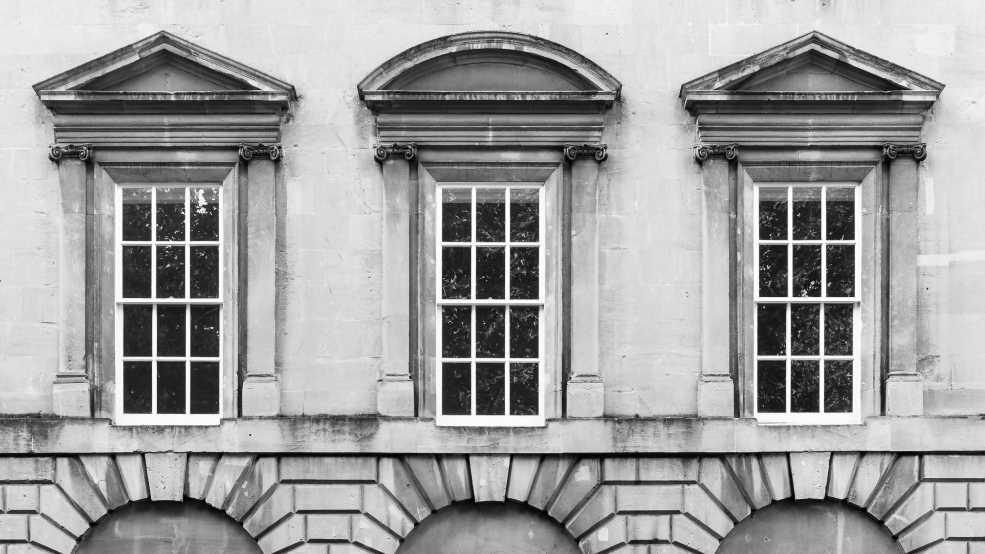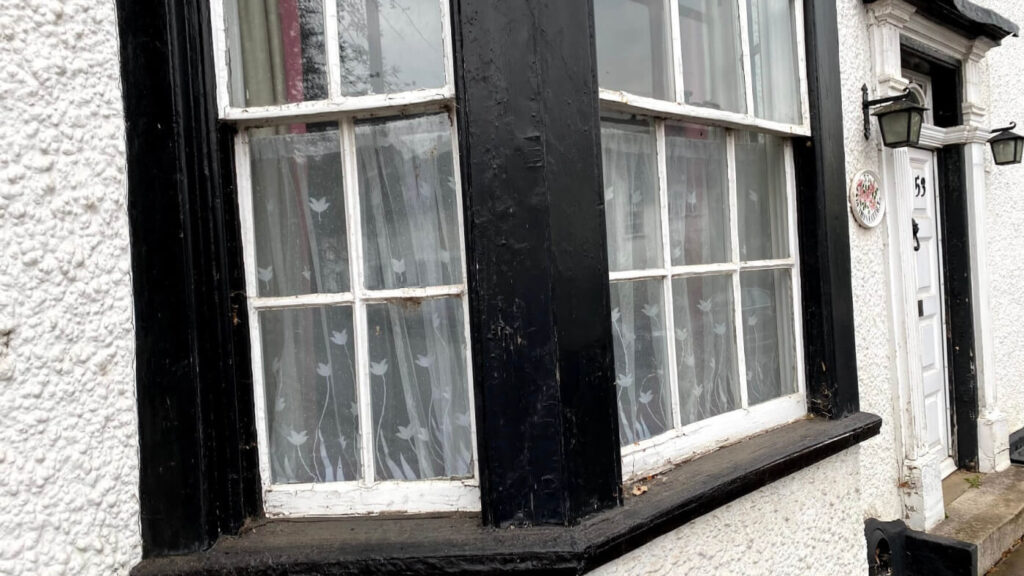
The concept of sash window secondary glazing involves adding an extra layer of glass or perspex to existing windows, primarily to improve insulation and soundproofing.
However, a common concern arises when the space, or gap, between the primary and secondary glazing is too narrow.
Many companies will still install and offer you secondary glazing even if your windows don’t meet the criteria for a minimum gap behind the pane. However, be aware that the benefits of such glazing will be minimal.
Yes, there will be some degree of heat and noise reduction, but the improvement will be quite modest compared to what can be achieved. Alternatively, options such as reglazing your windows with Vacuum Insulated Glass (VIG) provide superior thermal efficiency and a better overall appearance.
The real question is, why go through the entire process of obtaining quotes, waiting for installation day, and rearranging your schedule to be at home for the fitting only to achieve a U-value of 1.7 W/m²K at best?
It’s worth mentioning that achieving a 1.7 W/m²K U-value is contingent on having a substantial gap between your primary and secondary windows of at least 100-200 mm, which isn’t always feasible.
Instead, you could opt for reglazing your sashes with products like LandVac or FINEO glass, for example, and achieve a U-value between 0.48 – 0.7 W/m²K.

Windows before double glazing in cold climates
Before the invention of double and triple glazing, wooden windows in colder climate countries typically consisted of a primary window, an air gap of over 200 mm, and a secondary window.
Understanding the Minimum Gap Requirement for Secondary Glazing
The minimum required gap for installing secondary glazing is 20 mm. While this gap won’t provide the best possible thermal insulation, it does make the installation of secondary glazing feasible.
However, it’s not enough to aim for a 20 mm gap. The uniformity of this gap across the entire window is equally important. When measuring your windows for secondary glazing, ensure that this 20 mm gap is consistent at various points.
Lastly, while 20 mm is the minimum recommended gap for some level of thermal insulation, you might consider a larger gap if your window design allows it and if greater insulation efficiency is desired. This, however, should be balanced against the available space, window design, and aesthetic considerations.
Solutions for windows lacking space behind for secondary glazing
The solution might sound a bit unexpected, but avoid installing secondary glazing if you have less than a 200 mm gap behind your windows.
Instead, seek alternative window insulation solutions, such as retrofitting your existing windows with vacuum glazing.

Read more articles

Box Sash Windows
Box Sash Windows
The history of sash windows
The history of sash windows
Safety glass regulations, UK
Safety glass regulations, UK